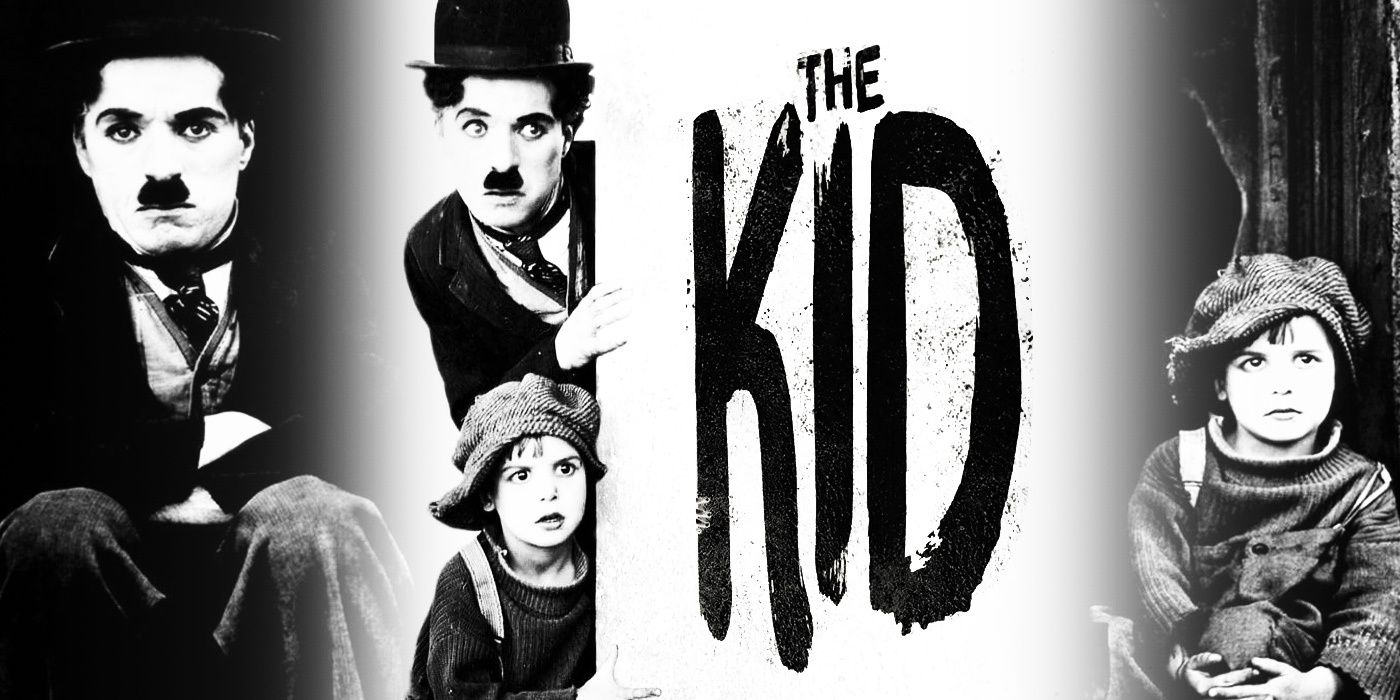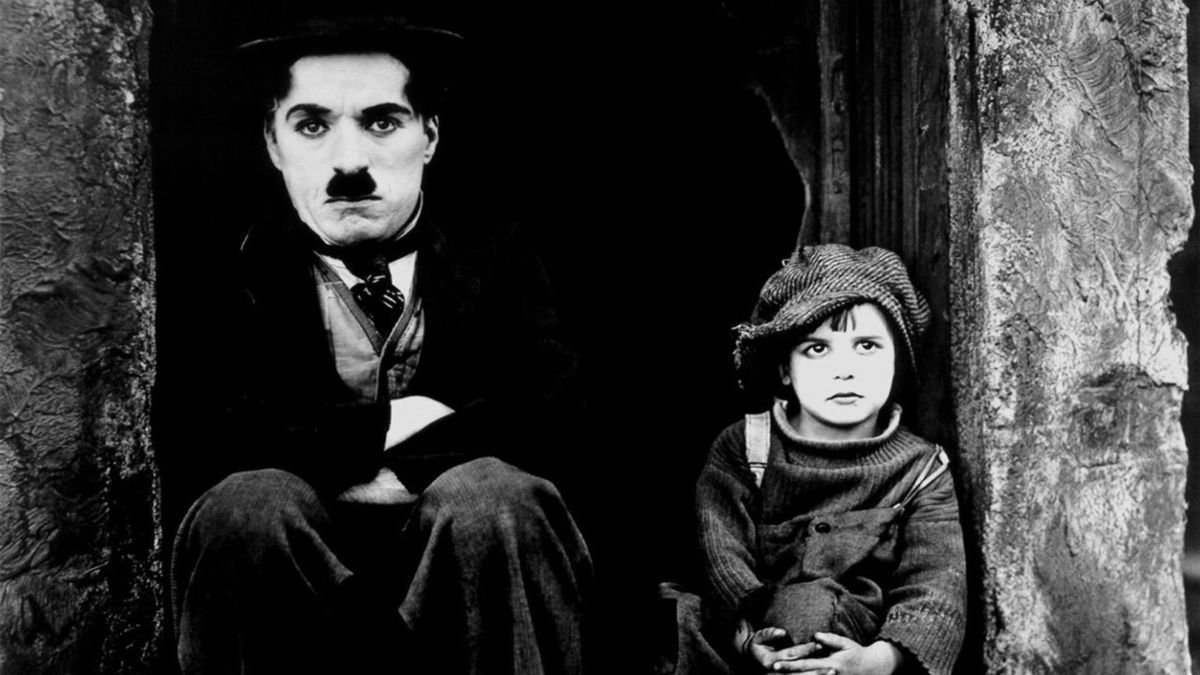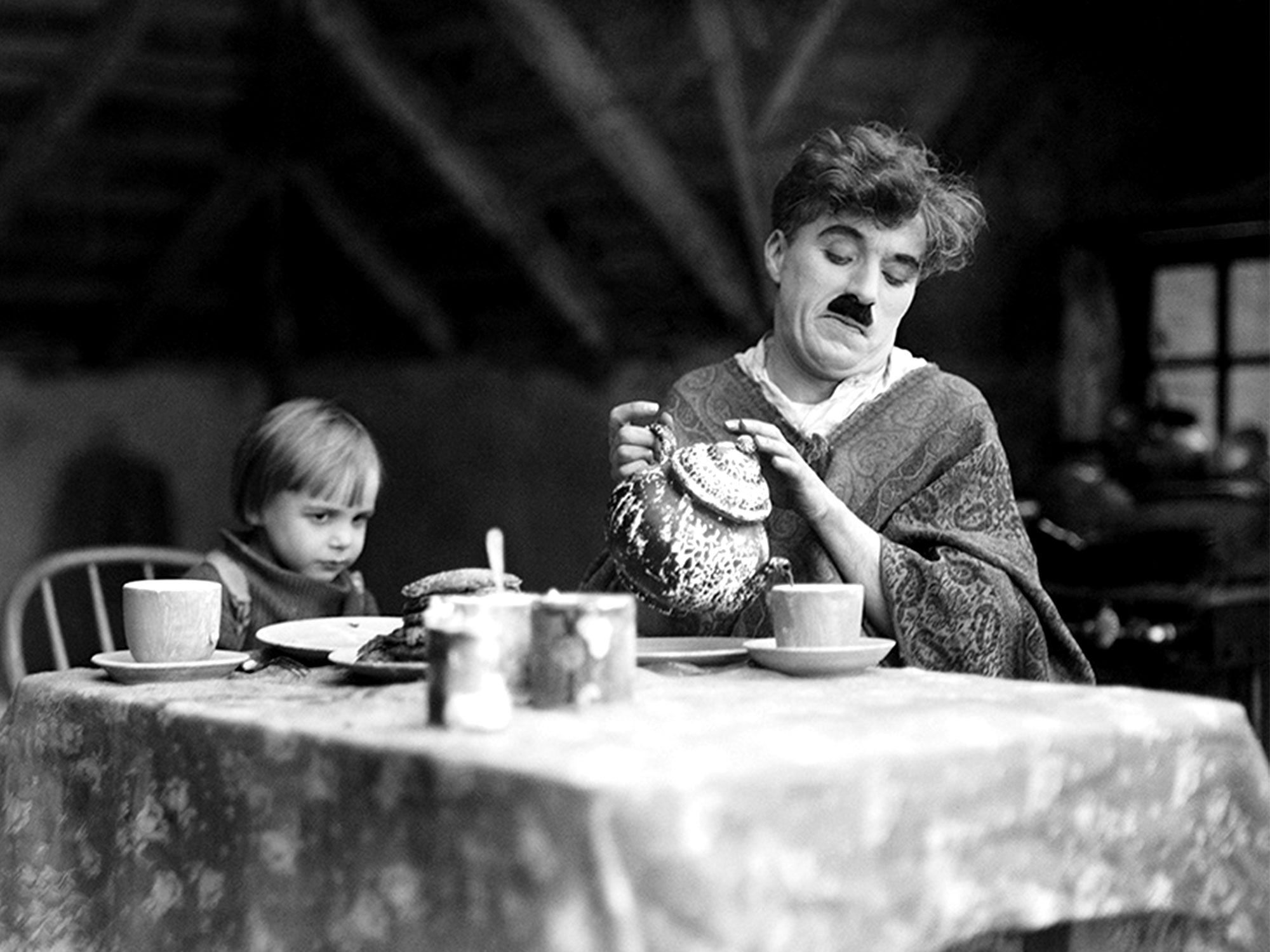One would like to think that over the last century Hollywood moviemaking has changed a lot. In some ways, it has. Technilogically, plenty of things have evolved, whether it be the overwhelming shift from celluloid to digital cameras or just the types of lightbulbs used to light a scene. Anyone could look at any given film from a major Hollywood studio today and easily distinguish it from a film released 100 years ago on purely aesthetic grounds. However, in terms of what the major studios look for in stories honestly has not shifted too much in that time. Hollywood still looks to put out films that manage to make you both chuckle and get emotional within their runtimes, or as one film would describe it: "A picture with a smile – and perhaps, a tear."
That quote is the opening title card for The Kid, the first feature film directed by silent comedy film star Charlie Chaplin. Nicely crystalized in those nine words, the ethos behind The Kid, released 100 years ago this year, tells you everything you need to know about Hollywood moviemaking ever since. Movies made with the intent to reach as wide an audience as humanly possible strive to craft that perfect balance between humor and heart. Some of them do. Most of them don't. Yet all of them look to a film like The Kid to guide them, because Chaplin managed to strike that exact balance a century ago. Chaplin's first feature, because of its tonal equilibrium and its thematic preoccupations, acts as a perfect blueprint for the following century of Hollywood storytelling and one incredibly difficult to duplicate.
The Kid begins with a mother abandoning her child in the car of someone quite wealthy. Unfortunately, the car is then stolen, and the thieves, upon discovering the child in the car, leave it in a back alley. Chaplin's signature character the Tramp comes across the abandoned baby and decides to take it in and raise him. Five years later, the Tramp and the titular kid (Jackie Coogan) can barely scrape a dime together, figuring out schemes and cons to get by, but their love for each other is unquestionable and that of a true familial bond. Eventually, the mother comes back into the equation, and the authorities try to rip the Tramp and the kid apart. Of course, things work out in the end.
Out of three key figures of silent comedy, alongside Buster Keaton and Harold Lloyd, Chaplin was always the one most concerned with bringing in the heart to the film. Of course, he was an adept physical comedian, but Chaplin's comedy rarely came from the large scale gags. Where he shined in getting laughs was in the small moments born out of chracter, grounding his jokes in misunderstandings and everyday items like cigars. Because the humor came from a realistic place, he could weave in and out of the humor with the dramatics of the story he was telling with great ease, since the two derived from the same source. Thinking about Buster Keaton, the first image that pops into your head is maybe him on the front of the train, bouncing railroad ties off the track in The General or perfectly fitting through the window of the side of a house that has fallen on him in Steamboat Bill Jr., and for Haroly Lloyd, you undoubtedly picture him hanging off the clock tower in Safety Last! For Chaplin, it is probably just the silhouette of the Tramp, where his posture is simultaneously funny and a little sad.
A perfect example of how Chaplin meshes the comedy and the emotion together in The Kid comes in the sequence where the Tramp has told the kid to throw rocks through people's windows in order for him to walk buy as a window repairman and fix them for a fee. The way Jackie Coogan's kid relishes throwing these rocks with a mischievious grin and how the Tramp keeps pushing the kid away from him after they have been caught by a cop as if he doesn't know the boy makes you chuckle. However, those moments tell you so much about how close these two characters are to one another through their playfulness. Sure, they make you laugh, but they also endear you to these people and actually make you think about their economic circumstances that force them to concoct these schemes. Because of this character work, you can build a story to the point of a harrowing scene of a son being ripped away from his father and have it feel completely natural, even though you have been laughing up until this point.
Finding that right balance is no easy feat. So often you get films that either feel like dramas that have uncalled for, misplaced jokes or a comedy that gets to a third act that has you thinking, "What happened to the jokes?" Chaplin knows that creating the right alchemy for the two to exist together requires complete confidence in your characters. If the people you are following don't have definable goals and relationships, the chances of them being able to make you laugh and make you cry are going to be slim. The folks at Pixar are the heir apparents to Chaplin in the modern landscape with films like Toy Story, Up, and Inside Out. The titular character of WALL-E is even a direct inspirational descendent of Chaplin's Tramp.
So many of the themes Chaplin presents in The Kid still populate a great majority of the films of today. Underdogs, the love of a family (be it biological or chosen), and class discrimination are all core tenets to so much moviemaking. Just in the last few weeks, we have had Encanto, King Richard, and tick, tick... BOOM!, which are all underdog stories. Encanto and King Richard deal with biological familial bonds, while tick, tick... BOOM! concerns a chosen family. Plus, King Richard and tick, tick... BOOM! also are stories about class discrimination. All you have to do is look up and down the new release calendar, and every weekend a new movie will get released that explores one, if not all, of these themes Chaplin was grappling with back in 1921.
"A picture with a smile – and perhaps, a tear," has been a Hollywood aspiration for so long, whether it is Marvel, Amblin, Dreamworks, or anyone else making films. People like Charlie Chaplin and movies like The Kid created feelings in people 100 years ago that generations have been chasing to recapture ever since. The very essence of Hollywood moviemaking was born out of this kind of storytelling, making it apart of its DNA. Thousands upon thousands of filmmakers stand on the shoulders of the pioneers of cinematic storytelling, hoping to make something as good as the filmmakers did in the early days. Even if they aren't directly inspired by Chaplin or The Kid, the foundation of populist, Hollywood storytelling is built out of them, making the new films inextricably tied to that foundation. When people go to see a movie, they look for a release of some kind. Sometimes it's a scream, but most of the time people like to laugh and, whether they want to believe it or not, they like to cry. The Kid earns that opening title card.



